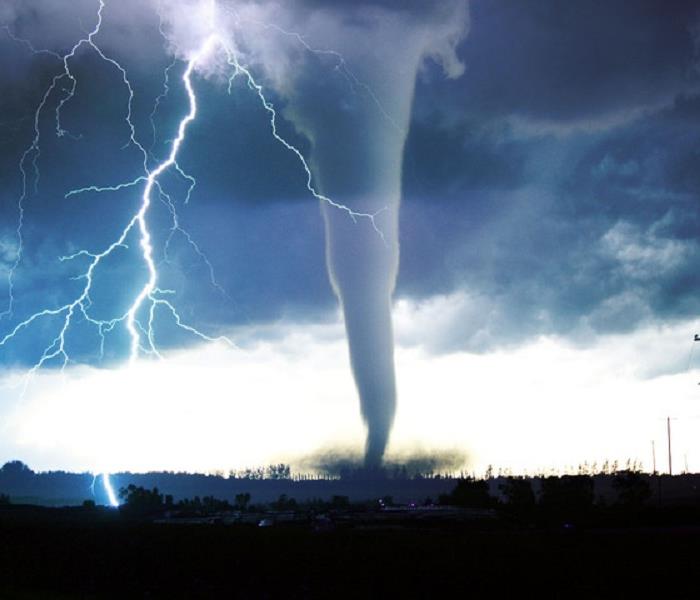The 5 Things Everyone Misunderstands About the Weather
7/17/2014 (Permalink)
By Tim Sprinkle, PropertyCasualty360.com
After centuries of weather forecasting study and research, the human race knows a thing or two about storms. We know that hurricanes and typhoons will spin out of the oceans every summer and ravage certain coastlines. We know that tornadoes will strike thousands of times per year, causing significant localized damage, and we generally know where they will appear and why. We can even predict which years will bring particularly strong weather patterns and what those patterns will mean for farmers, ranchers and others.
But, the truth is, we don't know everything. At least the general population doesn't. In fact, although there is plenty of meteorological research out there for reference, a wide swath of the population clings to a number of weather myths that, although they sound correct, just aren't true. Earlier this month, AccuWeather.com set out to put some of these weather myths to bed by explaining some of the most widespread and misinformed. Click though to learn what you've been doing wrong all these years.
Myth #1: Humid air is heavier than dry air
According to AccuWeather.com meteorologist Steve Wistar, dry air is actually heavier than humid air, despite the fact that it seems like you can "feel" humid air more than dry. "There are more molecules of water in humid air which are lighter than molecules of air," he said in the story.
Myth #2: Tornadoes don't hit cities or mountains
This is just wishful thinking. Why would a city have been built here if it was a common tornado area? Residents of Kansas City, Denver and Oklahoma City might have some opinions on that.
The truth is, although rough terrain and tall buildings do distrupt the circular forces that create tornadoes, they aren't impossible.
Myth #3: Red sky at night, sailor's delight...
Kinda true, kinda not.
The idea behind the classic axiom -- "red sky at night sailor's delight, red sky in morning sailors take warning" -- is that red skies are most common when the atmosphere is dry, meaning that it appears at night when the dry are is to the west. Dry air to the east means a red sky in the morning. Since weather patterns in North America generally move from west to east, this stands up most of the time, but it isn't a guarantee because systems can move in any direction.
Myth #4: Today's cars can drive safely through flood waters
To be honest, I'm not sure how common this myth really is, but it never fails during flood season to see news coverage of at least one driver who was been swept away after trying to drive through minor flood waters. Truth is, as little as two feet of water can float a car.
Myth #5: Lightning doesn't strike the same place twice
Of course it doesn't, right? There is so much space out there for it to strike, why would lightning repeat? But it does, according to AccuWeather. "The Empire State Building gets struck repeatedly [on average of 100 times a year]. It all depends on how much an object sticks up in the sky," Wistar said.




 24/7 Emergency Service
24/7 Emergency Service
